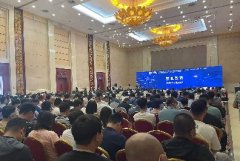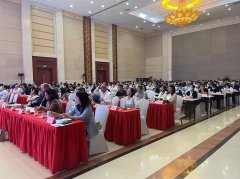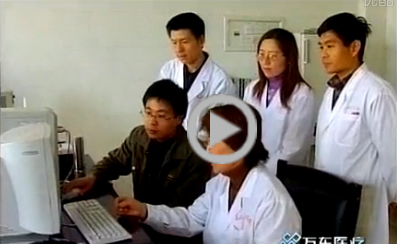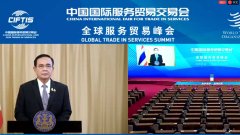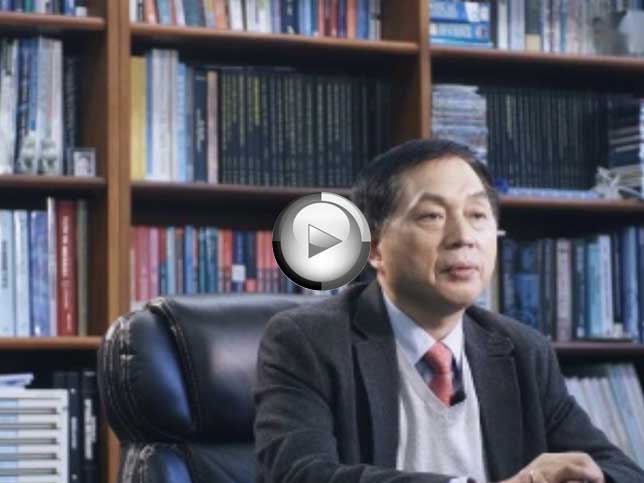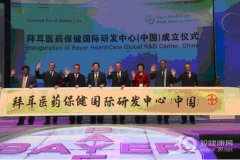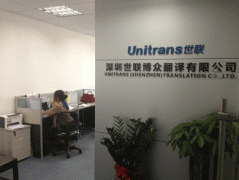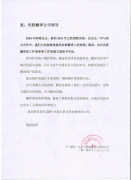世联翻译公司为中国支付清算论坛提供英文翻译
时间:2018-01-09 08:58 来源:未知 作者:dl 点击:次
世联翻译公司为中国支付清算论坛提供英文翻译
· As the central bank for the United States, the Federal Reserve has a long standing mission in payments: Presentation to China Payment & Clearing Forum – Beijing – 11-26-2014 o To foster the integrity, efficiency, and accessibility of U.S. payments and settlement systems in support of financial stability and economic growth. · To accomplish its mission, the Federal Reserve can exercise its role as a regulator, a payment system overseer, a payment system operator, and a leader/catalyst. · In 2012, in our role as payment system operator and leader/catalyst, the Federal Reserve refreshed its strategic direction in payments – something we do every five years o Our new strategic direction is to enhance the speed, security and efficiency of the U.S. payments system from end-to-end o Some aspects of this are consistent with our longstanding mission o But other aspects represent a change in direction for the Federal Reserve § Speed is a new area of focus, reflecting advances in technology and evolving end user demands § Our focus on the end-to-end payment process is also new, reflecting our observation that innovation is blossoming in the outer reaches of the payment chain – between end users and their payment providers · To implement the refreshed strategic direction, the Federal Reserve created a new team – the Future Payments Team – which I am heading – to support this initiative. o In the last two years, we have conducted a significant amount of research and stakeholder engagement in order to § Develop a view on what the gaps and opportunities are in the U.S. payment system, and § Formulate strategies for improving the U.S. payment system · Our body of work in the past two years includes o Secondary research where we surveyed the literature to identify gaps in the current payment system and opportunities for improvement; o Primary end-user research (where we conducted focus groups and administered surveys to businesses and consumers to understand their preferences for certain payment attributes); o A payment security landscape study (where we interviewed payment stakeholders and studied existing literature to better understand the current state of payment security); and o Industry engagement where we hosted roundtables, symposiums and town hall meetings to encourage dialogue between the Federal Reserve and a broad range of payment stakeholders o We also issued a Payment System Improvement Public Consultation Paper where we articulated the Federal Reserve’s views on areas that need to be improved and invited public comment. · As a result of all this work, we are currently identifying several payment system improvement strategies. o We will pursue payment security strategies – such as § Strategies to enhance payment security research and the quality of publicly available payment fraud data o We will pursue payment efficiency strategies – such as § Strategies to increase the electronification of business-to-business payments and to adopt more modern payment message standards, like the ISO 20022 standard § And strategies to enhance the efficiency of cross border payments o And we will pursue strategies to increase payment speed – · I’d like to use the rest of my time to highlight one particular area of focus related to payment speed: § The need for a new near real-time retail payment capability in the United States · It’s a very interesting time to be thinking about faster payments · Technology allows for real-time gratification in so many aspects of our lives o It’s just intuitive that faster payment features just MUST be better than slower ones. · But the need for faster payments varies greatly by use case · In some cases, legacy payment instruments are doing a pretty good job of meeting needs o Cash and cards are generally meeting consumer needs for speed when payments are made in person at the point of sale o ACH and Wire are adequately meeting needs for speed in many other use cases where the payment can be scheduled in advance such as § B2B recurring payments § Pre-scheduled bill payment § Regular payroll · But there are several core use cases where there are unmet needs for a cost effective and ubiquitous capability for faster o Authorization, o Clearing, o Availability to end users, and o Interbank settlement · We’ve done extensive study on this at the Fed in the past 2 years – Working o On our own o With expert consultants, and o With the payment industry at large · Based on this work, we believe that there are at least several core use cases with unmet needs for faster – including o Person-to-person payments, o Emergency bill payments, o Just in time supplier payments, o And a few others · It’s not a surprise that we’ve seen a flurry of innovation taking place to address these gaps o We’ve seen new products that wrap faster payment features around legacy payment instruments § Or in some cases, entirely new payment instruments are emerging · In a departure from traditional bank-centric payment models · Innovations have been introduced by o Card networks o Processors o Non-bank innovators, o And consortiums of banks and other financial institutions · But there is a bit of a chaotic feel to this innovation · And many new product offerings take on the character of clubs o Where both the payer and payee and/or their account-holding institutions need to join · This has created a fragmented and balkanized faster payment environment · It is becoming increasingly clear to me that payment stakeholders in the United States recognize that the fastest way to achieve a comprehensive, ubiquitous solution is through collective action. · We’ve seen similar cross roads addressed through collective action in the past o In other countries – many of the early adopter countries of faster payment systems – brought about change in part by bringing together the major stakeholders to develop consensus on the path forward § We’ve learned valuable lessons from these other countries and are incorporating them into our initiative o In the United States – we have numerous historical examples of collective actions such as § Establishment of clearing houses in the late 19th century § Check automation in the 1950s – 60s § Development of the ACH in the 1970s § The establishment of the card networks in the 1970s and beyond · I believe that we are once again at an inflection point and, just in the past year, we’ve seen mobilization of payment stakeholders to take collective action to develop a ubiquitous faster payment capability · We’ve witnessed a diverse range of financial institution industry associations coming together to collaborate on developing a faster payment capability · We’ve seen announcements from several private sector payment networks about their intent to build new near real time payment systems · We’ve seen enthusiastic support behind the Federal Reserve’s 2013 Payment System Improvement Public Consultation Paper o Which advocated for desired outcomes that included a ubiquitous near real time retail payment capability o 75 percent of written responses to this paper supported the Federal Reserve’s desired outcomes · While in 2013 – many stakeholders conditioned their support on first proving there is a business case for a new real time payment capability – o In 2014, the tenor of the dialogue seems to have changed to “how” we should develop this capability – rather than “whether” we should develop this capability · I think that banks increasingly understand that as long as there are gaps in legacy bank-centric products, the non-bank providers will continue to fill those gaps · Non-bank innovators understand that faster payment rails will expand possibilities for innovation and improving the end user experience. · This threat to the banks of potential disintermediation by the non-banks and this opportunity for the non-banks to innovate around a new faster payment capability in the United States o has moved the dial in the industry o and I believe we are now on a path toward establishment of a ubiquitous, faster payment capability that will benefit the customers of banks and non-banks alike o and will make payments faster and more efficient in the United States. · Within the coming weeks, the Federal Reserve will be publishing a Payment System Improvement Roadmap, where we will communicate our views on how we’d like to see the payment system improve in the future and the related strategies we will pursue. · I’ve given you some insight today on the process we followed, the conclusions we reached, and some of the strategies we are likely to pursue. · We are excited by the momentum we have created around this initiative and look forward to moving to the implementation phase of our work 世联翻译-让世界自由沟通!专业的全球语言翻译供应商,上海翻译公司专业品牌。丝路沿线56种语言一站式翻译与技术解决方案,专业英语翻译、日语翻译等文档翻译、同传口译、视频翻译、出国外派服务,加速您的全球交付。 世联翻译公司在北京、上海、深圳等国际交往城市设有翻译基地,业务覆盖全国城市。每天有近百万字节的信息和贸易通过世联走向全球!积累了大量政商用户数据,翻译人才库数据,多语种语料库大数据。世联品牌和服务品质已得到政务防务和国际组织、跨国公司和大中型企业等近万用户的认可。 |





